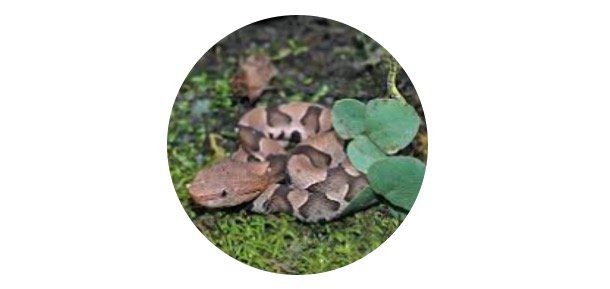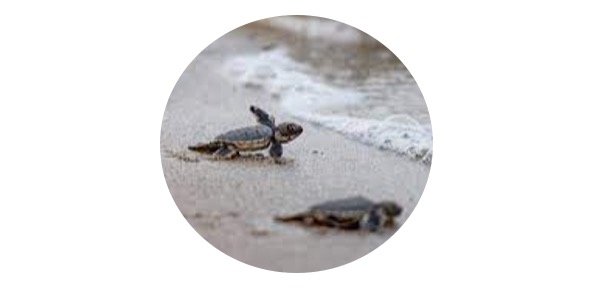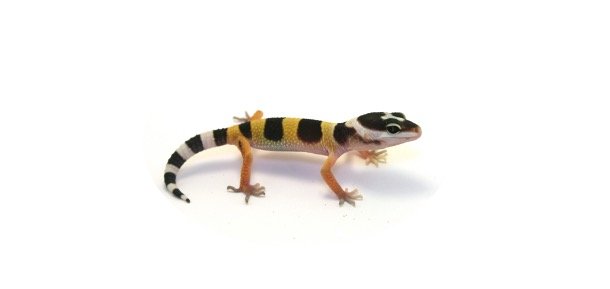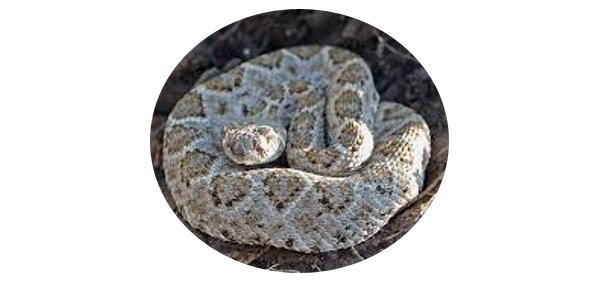Baby Guinea Pig: Hatching, Care of Young, & Facts
Table of Contents
Baby Guinea Pig: All you need to know
You can discover all information about guinea pigs on this page. Following from pregnancy to heath of each pup and their milestones, everything is well explained.
Baby Guinea Pig are commonly referred to as the pup and precocial. So, from their birth itself they can hear, see, walk and possess fur and teeth. Their average litter size is 2-4 and may weigh around 70-115 g.
These wiggly cute babies also known as Baby Guinea Pig are usually bigger if they belong to a small litter. Though their domesticated species originated in South America, but have become popular all around the world as pets due to their social nature.
Not only are Baby Guinea Pig raised as pets, but may also be bred for the show like rabbits or dogs. New breeds are classified and regulated by American Cavy Breeders Association, they oversee competitions and breed standards in the U.S.
You can select any breed you want to raise, but is critical to observe if Baby Guinea Pig are developing in a normal patterns as others of their species.
In this article, we have summed all the common questions pet owners may have about taking care of baby guinea pigs. We also have listed a detailed overview of their development.
What are baby guinea pigs called?
Baby guinea pigs are usually called pups like baby dogs, but unlike them, they belong to the family of cavies or rodent species.
As they mature, boar is a term given to male guinea pigs while the female ones are referred to as sows.
Baby Guinea Pig develop gradually and there isn’t a specific moment where you can mark this transition from juvenile to adulthood, though some people think it is around 4 weeks old as they attain sexual maturity during this time period.
Baby Guinea Pig are also called by some as juniors to refer to the phase between this time and adulthood.
How many babies do guinea pigs have?
They like other animals like rabbits are prolific breeders and are quite fertile.
Their litters may be big as 8 pups, but the average size is 3 to 4 pups. The largest litter ever recorded has been 17 pups.
How often do guinea pigs have babies?
They can mate any time of the year, but the peak season is around springtime when the majority of pups are produced. Just after giving birth, a sow can become pregnant just hours after it.
Their gestation time is around 59-73 days, the sow is capable to bear 5 to 6 litters in a year. But this puts a lot of strain on its body and causes them stress. Therefore, caring breeders don’t breed them that often.
What does a baby guinea pig look like?
At birth, Baby Guinea Pig weigh around 65 to 115 g. The average pup measures up to 3 to 5 inches at birth and appears a bit cylindrical.
Baby Guinea Pig’s individual sizes depend on the litter size, so if there are more pups in a litter then the probability of them being smaller is more.
At birth itself, Baby Guinea Pig have a fur coat and their head and paws are larger proportionally to the rest of the body. Their small mouth has around 20 teeth that grow continuously.
Baby guinea pigs week by week
Though their gestation period may seem short to us, for their size, it is a long time. The guinea babies are born mature with open eyes and ears and are known as precocial.
Baby Guinea Pig also have a fur coat and teeth at this time. Since they have achieved these milestones already at birth, the others that are left are feeding, growth, and sexual maturity.
Baby guinea pigs: week one
Their labor is usually short and the pups are born within half an hour. Their mom will often lick them clean as they wriggle and may start moving around after this. After a few hours, the mother starts to nurse her pets. The pups have a large appetite.
What do baby guinea pigs eat?
Baby Guinea Pig can start to nibble and feed on solid food after just hours of being born. They start to engulf hay, pellets, and grass like adults. This behavior is normal and is not something to be concerned about.
This does not mean that they can now completely be dependent on solid food. They still require to be nursed after every 2 hours. Nursing continues till the pups are 3 to 6 weeks old.
Can you touch a newborn baby guinea pigs?
Yeah, you can handle the pups during their first week, but don’t segregate them for long from their mother. As they still need their mother for food and warmth.
If you handle them too much, it might affect their bond with their mothers and can even lead to rejection by the mother.
You should also slowly approach a pup and come near face-on, so they can see you coming. When holding them place your hands on their tummy and bottom.
Baby guinea pigs: week two
There is a considerable difference in terms of growth that is noticeable by 2 weeks. They move around more frequently and become busy.
Baby Guinea Pig start to explore the world around them but their legs are not that steady yet and they plop down suddenly while walking. These notorious communicators start vocalizing from a young age.
What do baby guinea pigs sound like?
Guinea pigs can produce 11 different calls. They employ different calls for purpose of mating, forming social bonds, communicating emotions like sadness, alerting the other members, or attracting attention over large distances.
A baby guinea pig learns early to vocalize. They may often chirp to be fed when they are hungry. Baby Guinea Pig may sometimes squeak if you take them away from their mother don’t be alarmed at this just place them back and visit sometime later.
You can socialize by paying them frequent brief visits and by gently handling them without inducing any stress.
Socializing baby guinea pigs:
Baby Guinea Pig need to acclimatized to your handling from early on so that they become relaxed confident pets.
Taming a guinea pig is easy and depends on the devotion of the pet owner. They should spend their time with their herd and mother so they can learn to socialize, behave and form bonds.
In the first two weeks, the whole litter should spend time together along with their mom and do not separate them at this time. You can segregate them after one more week.
Baby guinea pigs: week three
Some of the pups may stop nursing at this time, but some vet recommend that they should be weaned only by 6 weeks. Weaning depends on many factors like their weight, number of siblings in the litter, and supply of mother’s milk.
Mothers may discourage pups from nursing by 3rd week. By this time they start to attain sexual maturity. So, it is important to segregate them depending on their sex into different cages to avoid any early pregnancies.
How do you identify sex of baby guinea pigs?
A litter can be a handful for people to care and it is not advised to care for more than that for a time. If the siblings are not separated by this time they may breed and the risk of passing congenital disorders to their sibling increases.
For separating the litter by sex, it is important to identify their sex which can be a difficult process. For this, you can consult a vet or other experienced mentor to assist you.
For this, you need to hold them on their back and quickly assess them as they are wriggly and don’t like to be held in this position.
If you see a donut-shaped genital opening in front of their anus then it is a male baby and if you gently run your finger over this you can feel the shaft of the penis.
If the pups have a y-shaped genital opening near to the anus then it is a female pup and if you run your hands over you won’t feel a penis.
Baby guinea pig behavior: week four onwards
By this time, they look similar to a Syrian hamster. They are playful around this time you can play and chase them and they would love it. They start to exhibit random bursts of energy known as popcorning.
They may start to bump, hop or energetically jump. They develop their individualistic personalities around this time.
They start to show other established behaviors like grooming and would no longer be dependent on their mother for this. If you observe them, you might be even able to witness social grooming at this time.
How long do baby guinea pigs stay with their mothers?
By six weeks old they stop nursing and are fully weaned. They become independent as they have acquired all the significant skills and are ready to leave their nest.
During this time they may be re-homed by breeders to their new locations. In pet stores also the youngest guinea pig baby available would be 6 to 7 weeks old.
How to care for baby guinea pigs?
If you bring them home at 6 or 7 weeks old, you need to monitor their weight on a daily basis. They steadily gain weight till their first birthday.
If they are not gaining any weight and remain small, you can raise your concerns to the vet. You should not bathe them, till they become 8 weeks old.
Baby guinea pig care: raising a litter of pups
If your pet is a sow ready to give birth then we got you covered. You need to take her to the vet to see if she has any health issues before mating. You need to also purchase a big hutch where she can care for her young ones.
When your sow is pregnant she will require vitamin c and energy, you can provide her with more hay, vegetables, and fresh fruits.
You need to change her bedding daily till her labor and then it till the pups are small. If not changed then soiled bedding may give off ammonia fumes that can impair the lungs of pups and infect sow while she is nursing.
After the birth of the litter, check on the mother and the pups. See if she can nurse within 12 hours and if she is not able to then ask help from a vet.
You can offer shredded lettuce to them but remove any leftovers from their hutch. The pups engage and learn to create social bonds and how to forage.
Male pups will leave the nest first by 3 weeks so make sure they learn well.
Do guinea pigs eat their babies?
This is true but occurs under only 2 circumstances.
1. Inexperience: If the sow is giving birth for the first time, she may not have much experience in grooming pups and may accidentally injure them with her teeth. This may occur if the pup is stillborn, or ill. If they don’t respond to her, she may start vigorously licking them damaging them.
2. Malnourishment: If they are malnourished they may ingest the young ones for her nourishment. Malnourishment may not be sometimes indicated by weight as it also implies that the lack of nutrients or vitamins she requires.
If her diet doesn’t contain enough vital vitamins and nutrients, she can still be malnourished whilst receiving enough calories to maintain her body weight.
Avoiding Heartache: You can take guidance from a specialized experienced mentor when you are raising the litter for the first time. You can find them by asking your local cavy club. You can also seek help and advice from your vet.
Choosing a baby guinea pig name
You can select a fun name for the guinea pig baby, amidst all the serious tasks this may seem fun.
What about baby guinea pigs for adoption?
Local animal shelters may have some guinea pigs for adoption. You can ask them if any baby guinea pigs are available. Pet owners of sow may discover an unplanned pregnancy and may give her litter for adoption.
They are much cheaper than the ones on sale and often these do not have any health issues. If you are specific about the age or sex of the guinea pig, then this a great option.









